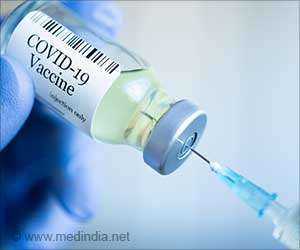. But that process can lag actual disease transmission by days and weeks.
The key to the findings was the precision with which researchers were able to identify incidents of high frequency close personal contact (defined as a radius of 6 feet) in Connecticut down to the municipal level.
The CDC advises people to keep at least six feet of distance with others to avoid possible transmission of COVID-19.
“Close contact between people is the primary route for transmission of SARS-CoV-2, the virus that causes COVID-19,” said the study’s lead author Forrest Crawford, an associate professor of biostatistics at the Yale School of Public Health and an associate professor of ecology and evolutionary biology, management, statistics and data science at Yale.
Researchers measured close interpersonal contact within a 6-foot radius everywhere in Connecticut using mobile device geolocation data over an entire year. This effort gave Connecticut epidemiologists and policymakers insight into people’s social distancing behavior statewide.
Other studies have used so-called “mobility metrics” as proxy measures for social distancing behavior and potential COVID-19 transmission. But that analysis can be flawed.
Mobility metrics often measure distance traveled or time spent away from a location, such as your home but we all know it’s possible to move around a lot and still not get very close to other people.
Mobility metrics are not a great proxy for transmission risk because feel close contact predicts infections and local outbreaks better.
The findings are based on a review of Connecticut mobile device geolocation data from February 2020 to January 2021. All of the data was anonymized and aggregated, and no personally identifiable information was collected.
A novel algorithm computed the probability of close contact events across the state (times when mobile devices were within six feet of each other) based on geolocation data.
That information was then incorporated into a standard COVID-19 transmission model to predict COVID-19 case levels not only across Connecticut, but in individual Connecticut towns, census tracts, and census block groups.
The contact rate developed in this study can reveal high-contact conditions likely to spawn local outbreaks and areas where residents are at high transmission risk days or weeks before the resulting cases are detected through testing, traditional case investigations, and contact tracing.
Source: Medindia



